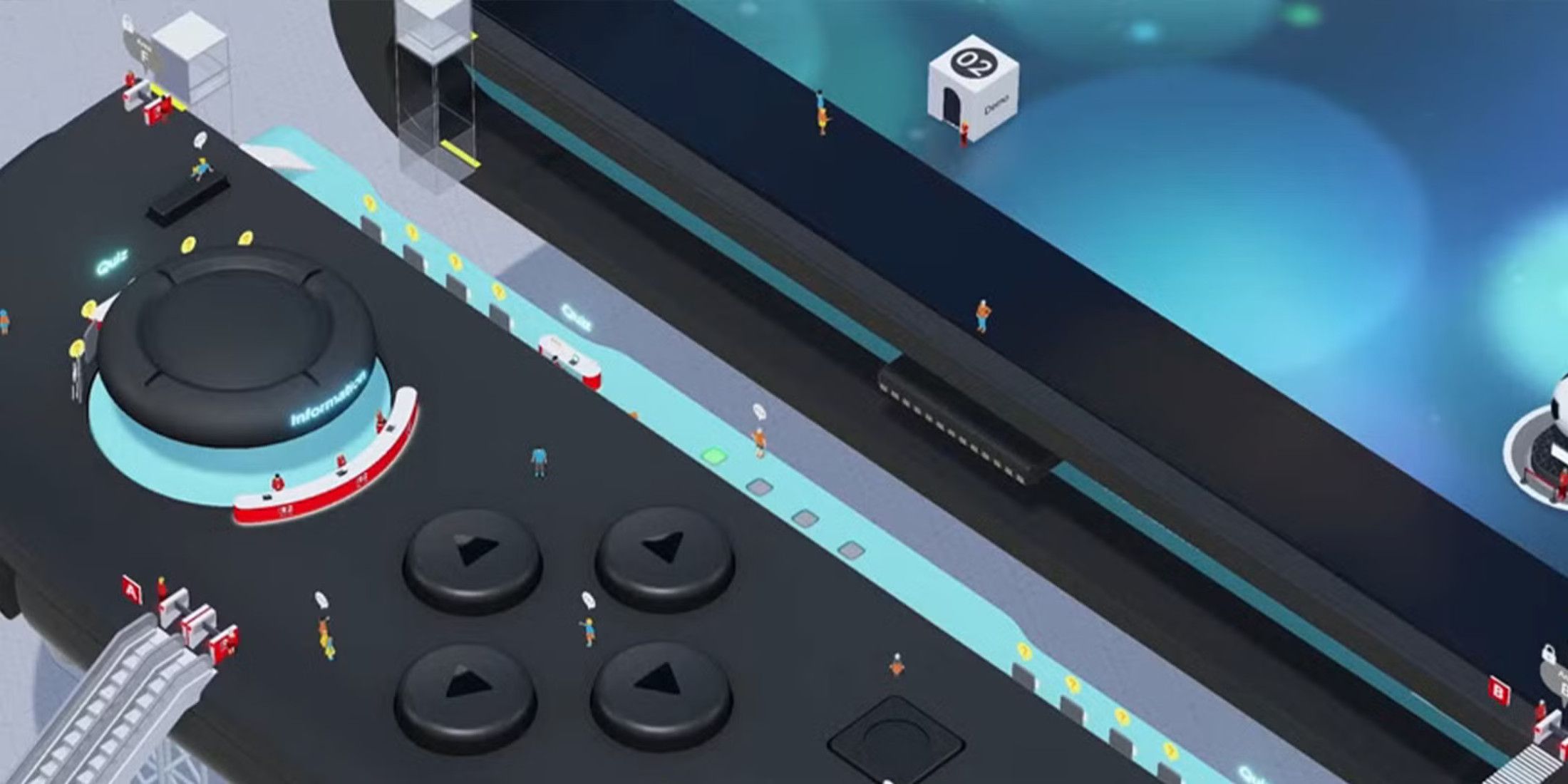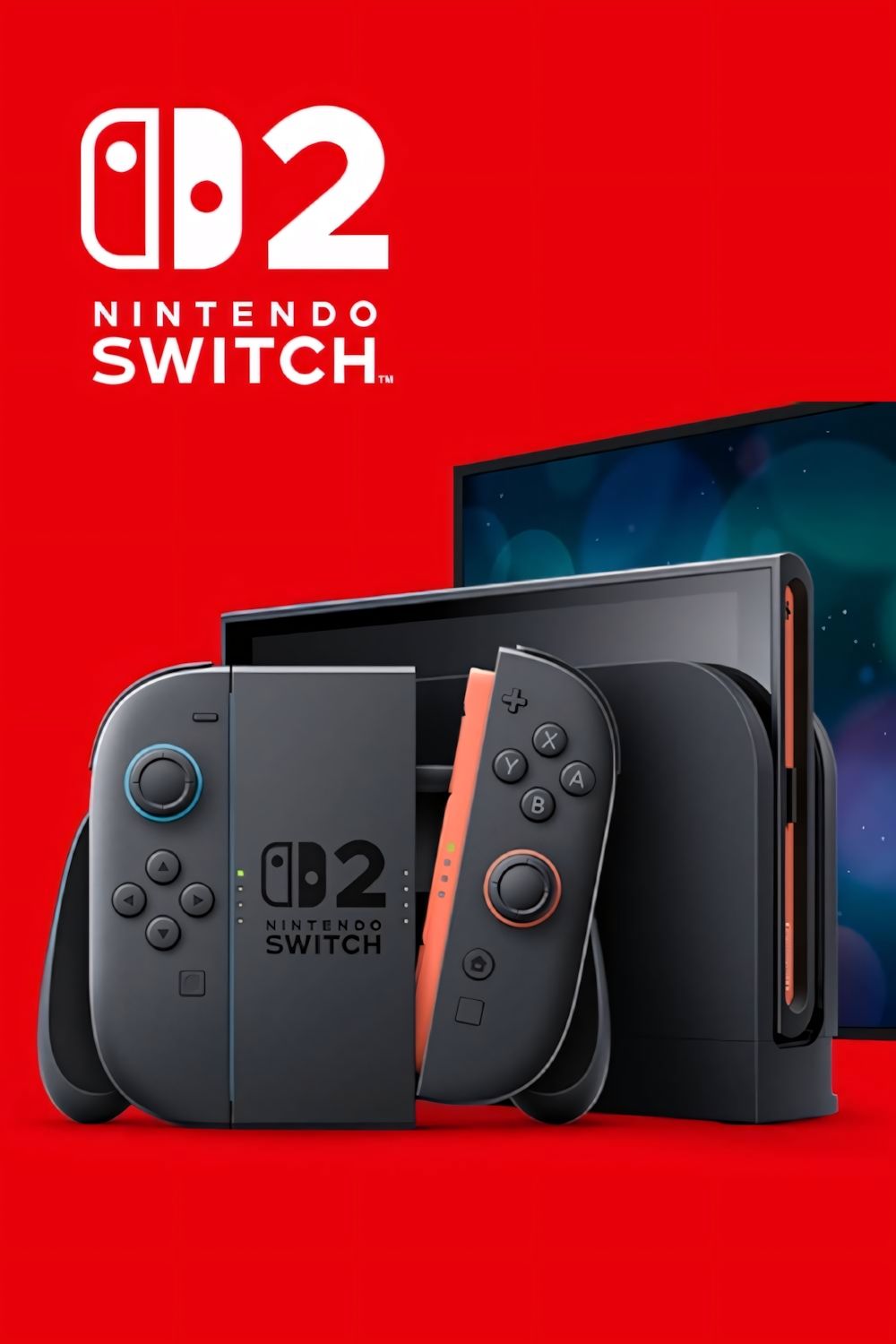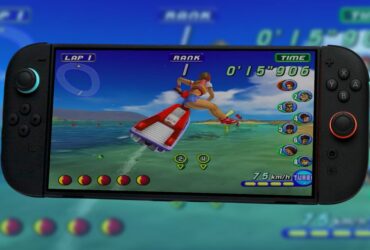One of the more interesting, and possibly underwhelming, elements of the Nintendo Switch 2 is just how similar it is to its predecessor. Yes, Nintendo’s upcoming hybrid console appears to be a massive step-up in terms of processing power and quality-of-life features, with clever and creative design choices like the mouse functionality of the Joy-Con 2s, but at a glance, one could be forgiven for thinking that the Switch 2 is just a slightly modified original Switch.
The new console has the same form factor as its predecessor—Nintendo drew specific attention to the device’s unchanged thickness in its recent Direct—and the easy swapping between handheld, tabletop, and docked modes appears unaltered. The greatest changes to the device’s design are only noticeable in certain instances: the new Joy-Cons are magnetically attached, and their mouse functionality can’t be used when they are locked to the console; the new C button is only used for GameChat features; the additional USB-C port only makes a difference when charging the console or linking specific attachments. In other words, most of the Switch 2’s greatest improvements are under the hood, and holding the device won’t feel significantly different from holding its predecessor, which is a big deal for a handheld console.

Related
Nintendo Switch 2 Welcome Tour Channels PlayStation’s Astro’s Playroom, But With a Catch
Nintendo seems to be following Sony’s lead with the Nintendo Switch 2 Welcome Tour, but with a bizarre catch that has baffled audiences.
Nintendo Has Forgone Major Design Changes in Favor of Familiarity With the Switch 2
The Nintendo Switch 2 Will Be an Easy Transition for Returning Players
The main benefit of the Switch 2’s conservative design changes is obvious: it will be a smooth and straightforward progression from its predecessor. Those upgrading from the original Switch to the Switch 2—a demographic that will represent the majority of this new console’s consumer base—may find a gaming experience that is the same as what they are used to, but better where it counts. As the old addage goes, “if it isn’t broken, don’t fix it.”
It’s easy to forget now that devices like the Steam Deck and Asus ROG Ally exist, but the elegant, big-screen design of the first Switch was a revelation at the time of its release. Previous handheld consoles prized small form factor above all else, with Nintendo itself opting for an iconic clamshell design for its Game Boy Advance and Nintendo DS systems. Even the PSP, whose horizontal design is perhaps the most similar to the Switch, was crafted specifically to be as small as possible. The Switch’s big-screen construction was seminal, and it’s likely that competitor consoles like the Steam Deck, ROG Ally, and Lenovo Legion Go would look remarkably different if not for Nintendo’s original design choices. In other words, the original Switch is already great, and the Switch 2’s familiarity keeps these strengths at the forefront.
The Nintendo Switch 2’s Ergonomics Could Have Been Improved
The design of the original Switch might be good, but the handhelds released in its wake show that it’s not perfect. Going from the original Switch to the Steam Deck reveals the disparity between the devices’ ergonomics: the Steam Deck has contoured grips that make it more comfortable to hold for longer periods, and clever design choices like the Deck’s two trackpads make navigating certain games and menus more intuitive. Aside from ergonomics, the Steam Deck, ROG Ally, and Legion Go all have back buttons, allowing for a more personalized experience.
Although the Switch 2 retains the strong design of its predecessor, it does feel like Nintendo missed some opportunities to make it even better through some of these aforementioned features. It’s not like using the original Switch is an arduous experience, but it has obvious design shortcomings compared to its competitors, and learning from these disparities could have helped Nintendo make its upcoming console even more appealing.













Leave a Reply